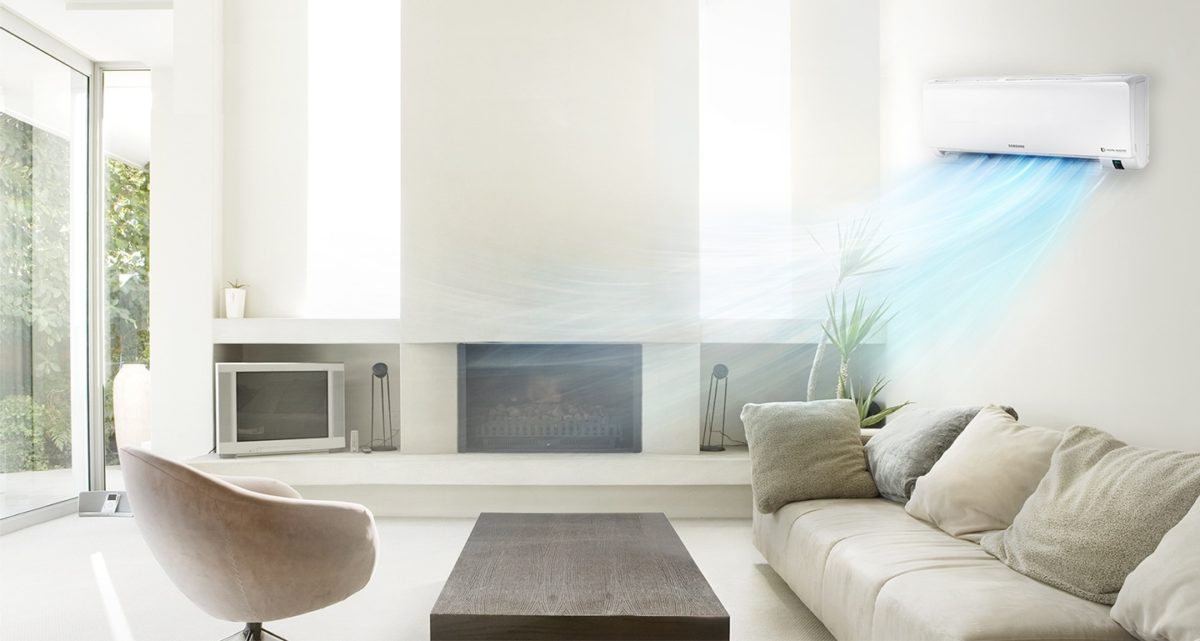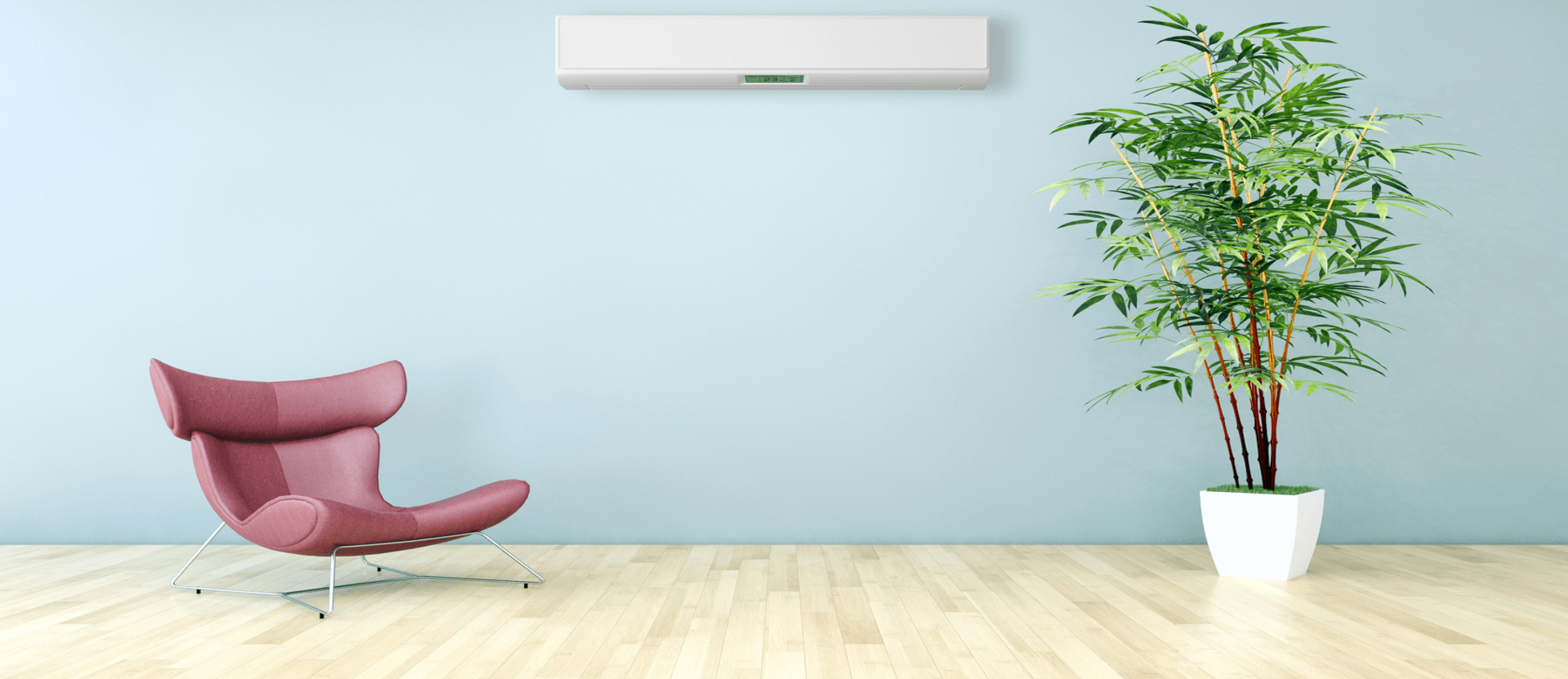Air conditioner installation is a critical process that affects the efficiency, safety, and longevity of the unit. The first step involves selecting the right type and capacity of AC based on room size and usage. A proper site inspection ensures optimal placement for cooling and airflow. For split ACs, the indoor unit should be mounted high on a stable wall, while the outdoor unit requires a flat surface with good ventilation.
Electrical connections must be secure, with proper voltage and a compatible MCB. Copper piping connects both units and should be leak-free and insulated. The drain pipe must be positioned to allow smooth water discharge. After connecting the refrigerant lines, vacuuming the system removes moisture and air. Checking refrigerant levels is essential for efficient cooling. All wiring should follow safety standards. Once powered on, the system should be tested in all modes.
Proper leveling prevents water leakage from the indoor unit. Vibration pads reduce outdoor unit noise. Clean and professional installation helps avoid future maintenance issues. Finally, users should be educated on basic operation and filter cleaning.
Answer to your most common question
Professional technicians follow safety codes and manufacturer guidelines. They ensure the system is properly sealed and correctly charged with refrigerant.
Preventive maintenance reduces costly repairs over time. It improves air quality and maintains consistent cooling.
Technicians use recovery machines and storage cylinders. Filters clean the refrigerant for reuse.
Perfect for tenants, event planners, or short-term office setups. Great for those avoiding high upfront costs. Also helpful in case of emergency replacements or temporary expansions.


